

The humble dog nose is more than just a cute feature—it’s a powerful tool that has evolved to serve various important purposes. Dogs rely heavily on their sense of smell to navigate the world, and their noses are far superior to ours in many ways. If you’ve ever wondered why dogs seem so obsessed with sniffing everything or why they can pick up scents that we can’t even imagine, you’re in for a treat. Here are 15 fascinating facts about dog noses that will leave you marveling at these incredible sensory organs.
A Dog’s Sense of Smell is 40 Times More Powerful Than a Human’s
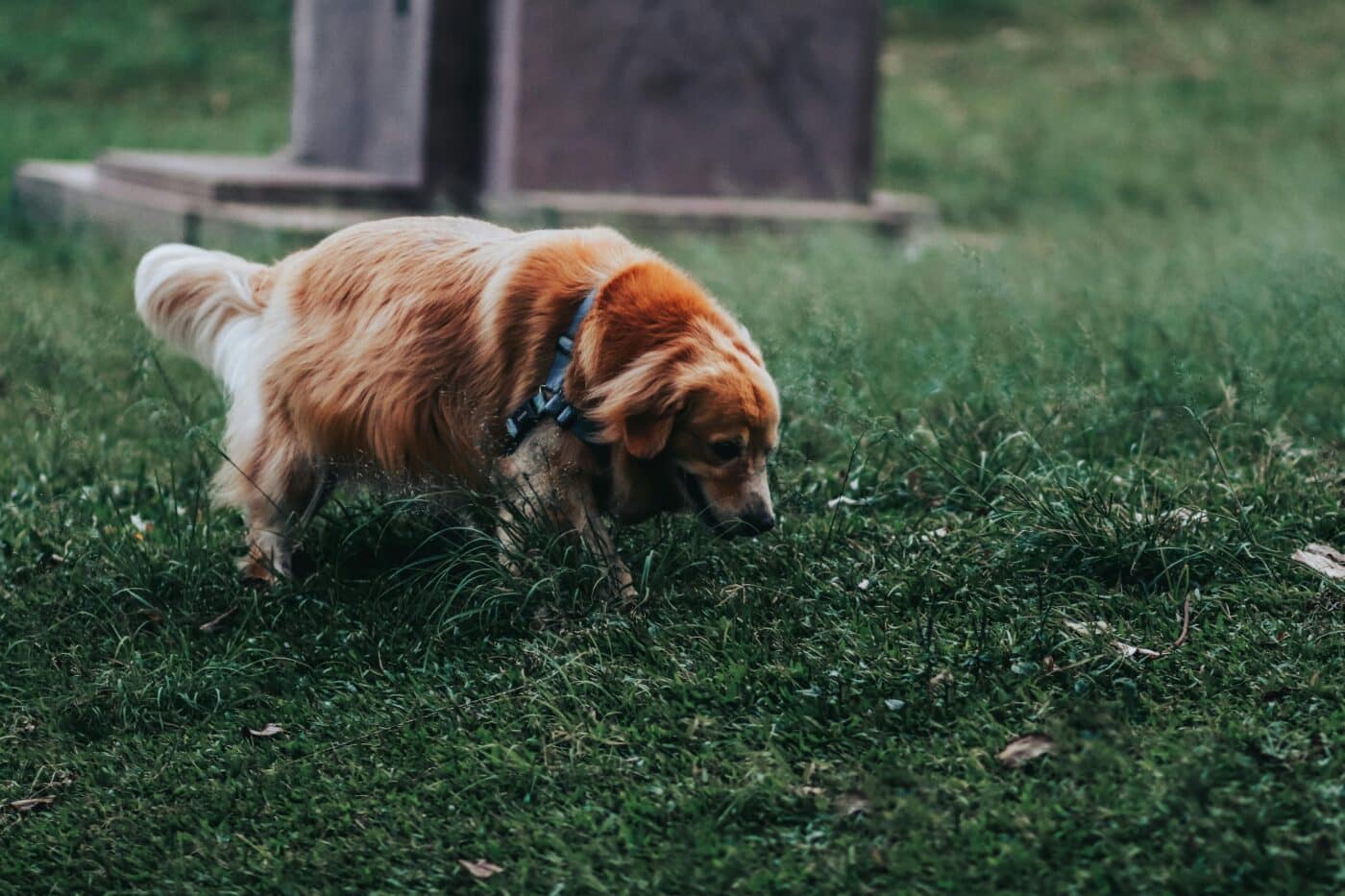
Dogs have an extraordinary sense of smell, estimated to be 40 times more powerful than that of humans. This ability lets them detect scents at incredibly low concentrations, sometimes in parts per trillion. While humans rely primarily on sight, dogs use their noses to understand the world. Their ability to track scents has been put to work in various professional fields, such as search-and-rescue, law enforcement, and even medical detection. With roughly 300 million olfactory receptors (compared to our 5-6 million), it’s no surprise that their noses are considered one of the most advanced sensory tools in the animal kingdom.
They Can Smell Emotions

Dogs have a remarkable ability to detect human emotions just by sniffing. Studies show that dogs can sense the chemical changes in the body caused by stress, fear, or happiness. When a person is anxious or scared, they release different pheromones and scents that dogs can pick up on. It’s not just a superficial reaction either—dogs have been known to comfort their owners when they’re upset, likely using their noses to detect shifts in emotional states. So, next time your dog sniffs your face, they might just be trying to gauge how you’re feeling.
A Wet Nose Helps Trap Scents

Have you ever noticed that your dog’s nose is always wet? While it might seem like a simple anatomical feature, a moist nose is crucial for scent detection. The wetness helps capture and hold scent molecules from the air, making it easier for dogs to analyze and process smells. Additionally, the moisture on their noses allows them to more effectively “taste” the air, which helps them discern the source of the scent. This is why you often see dogs sniffing around with their noses glistening—they’re literally soaking up all the details in their environment.
Dogs Have a “Scent Memory”

Dogs not only detect scents, but they also have a “scent memory,” meaning they can remember smells for long periods. This is why your dog might get overly excited when they smell something familiar, like the scent of someone away for a while. Dogs can recall smells and use them to identify objects, people, and places even after long time gaps. Their scent memory is so strong that detective work often uses it to track criminals or find missing persons.
Their Noses Are Unique, Like Fingerprints

Every dog has a unique nose print, much like a human’s fingerprint. The patterns of ridges and creases on a dog’s nose are as distinctive as their DNA. While you may not be able to read your dog’s nose print for identification purposes, researchers and some animal shelters have started using this as a way to track lost dogs. Just as no two humans have the same fingerprints, no two dogs have identical nose patterns, making them an excellent tool for identification and even forensic purposes.
A Dog’s Nose Can Detect Medical Conditions
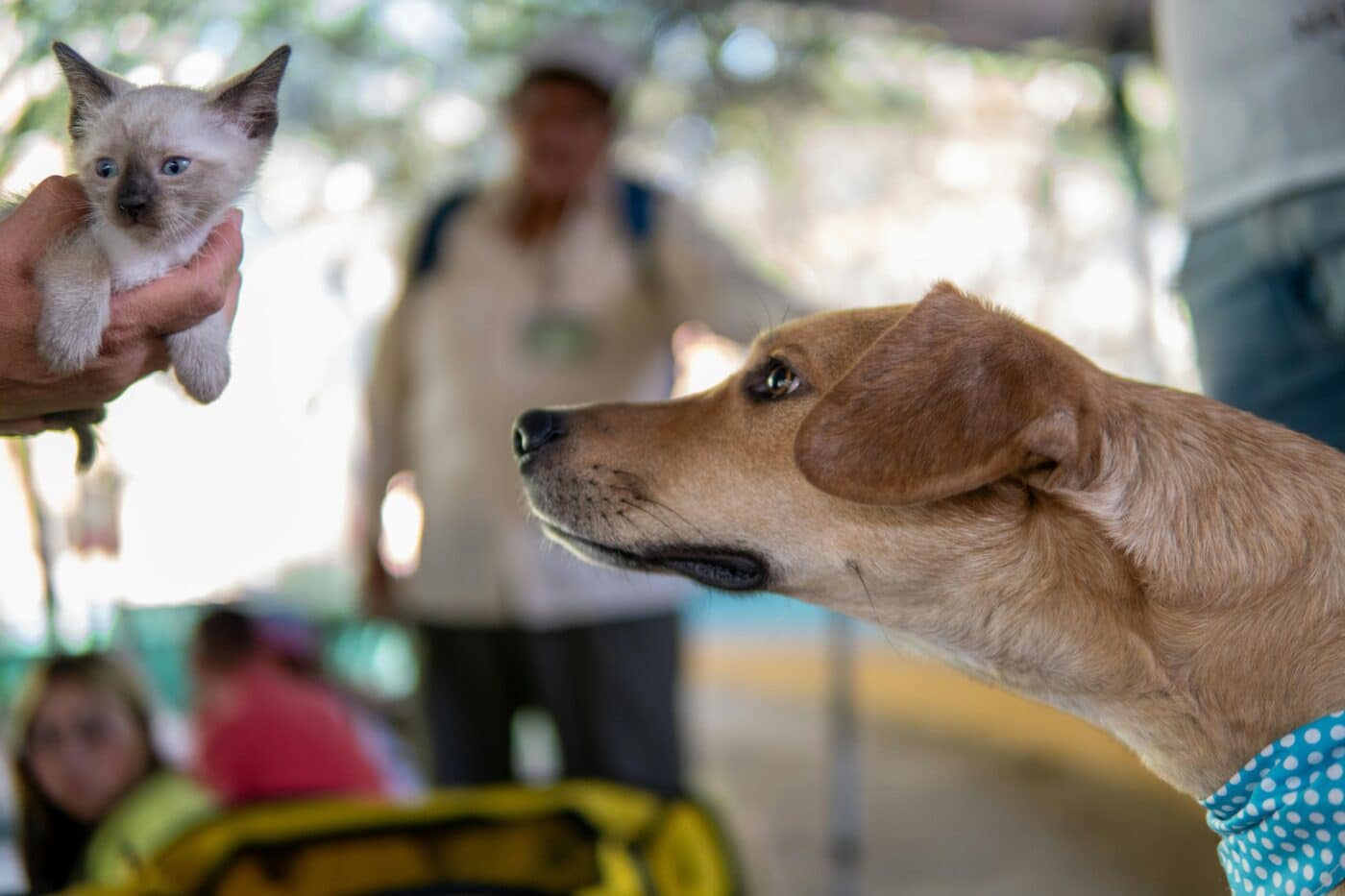
Dogs can detect certain medical conditions, sometimes even before humans know they have them. They can smell changes in body chemistry caused by conditions like cancer, diabetes, and epilepsy. In fact, some dogs are trained to alert their owners to an impending seizure, while others can sniff out cancerous cells with astounding accuracy. Their acute sense of smell allows them to detect subtle chemical changes in the body that humans might never notice, making them invaluable assets in medical diagnostics.
Dogs Can Smell at Multiple Layers of Distance

Unlike humans, who rely on sight and sound, dogs use their noses to process complex layers of information from different distances. A dog’s nose is designed to detect scents in varying degrees of intensity, allowing them to track a scent from afar or detect it more locally when they get closer to the source. When dogs sniff, they can separate and process different smells simultaneously, making them expert trackers and search dogs. This multi-layered olfactory ability is one of the reasons dogs are so effective in roles like search-and-rescue or law enforcement.
They Have “Bilateral Smelling”

Dogs have a fascinating ability known as “bilateral smelling.” This means that they can sniff with each nostril independently, which helps them determine the direction of a scent. When a dog sniffs with one nostril, it may detect a different scent molecule than when it sniffs with the other. This allows the dog to “triangulate” the location of a scent and track it with remarkable accuracy. This unique sniffing technique is another reason dogs excel at scent detection, whether locating missing people, hunting, or following a trail in the park.
The Nose Knows When It’s Time for a Walk

It’s not just your dog’s excitement or impatience that leads to their frantic sniffing when you grab the leash. Dogs have an uncanny ability to recognize when a walk is coming simply by the smell of certain items or even the changes in your scent. How you smell when you’re getting ready to go outside (the scent of your clothes or the atmosphere) can trigger a sense of anticipation in your dog. In fact, some dogs can tell if you’ve been out of the house before you even get back by catching your scent in the air.
Dogs Use Their Noses to “Taste” the World
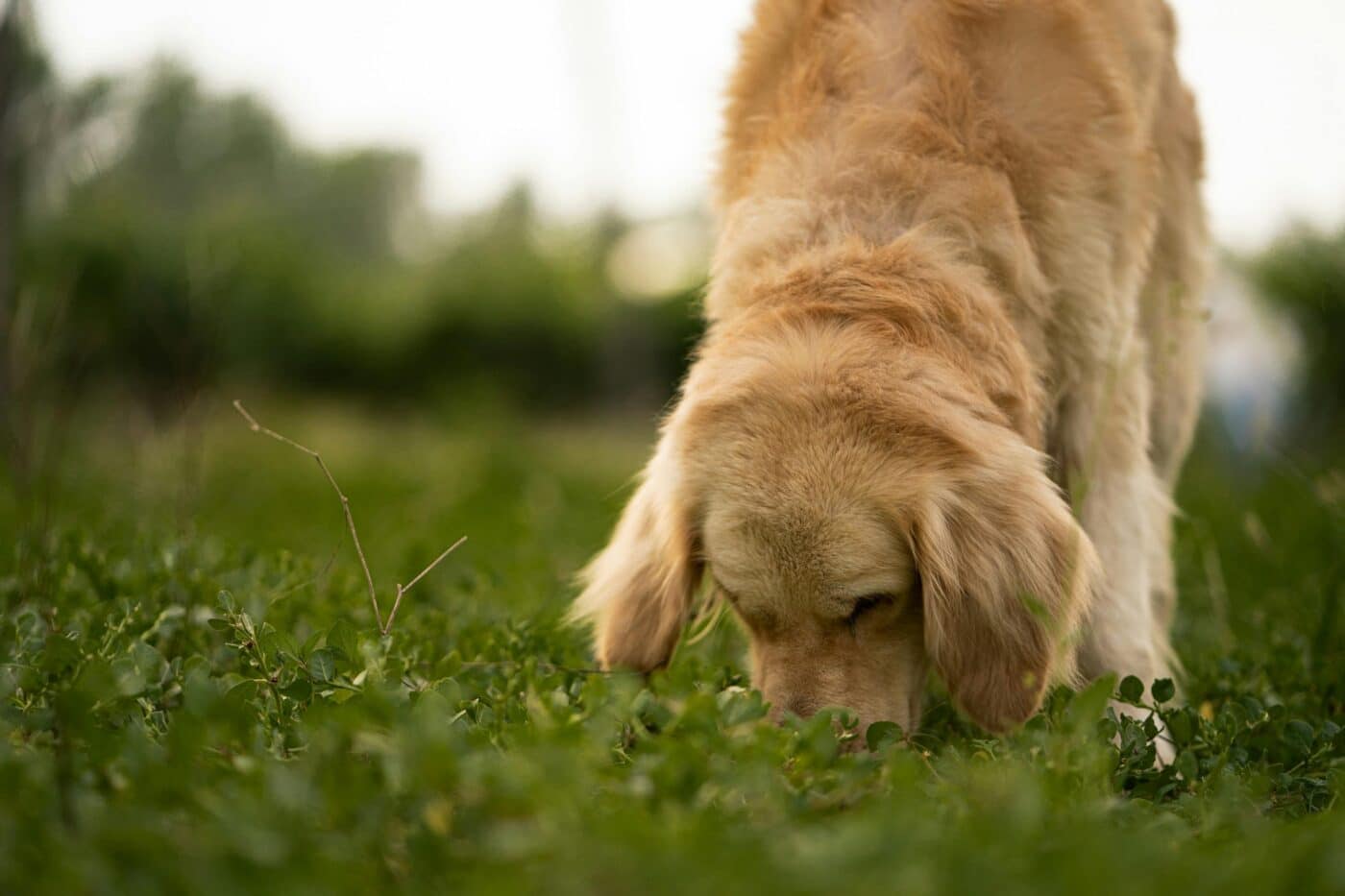
Dogs don’t just use their noses for scent—they also “taste” the world through them. When dogs sniff, they take in vast information about their environment. This includes identifying the chemical composition of what they’re sniffing and determining if it’s something they should investigate further. It’s not unlike how humans might “get a taste” of something by looking at it or smelling it first. Dogs use their noses as both a tool for discovery and as a way to interact with the world around them.
Dogs Have a Special “Vomeronasal Organ” for Scent Detection
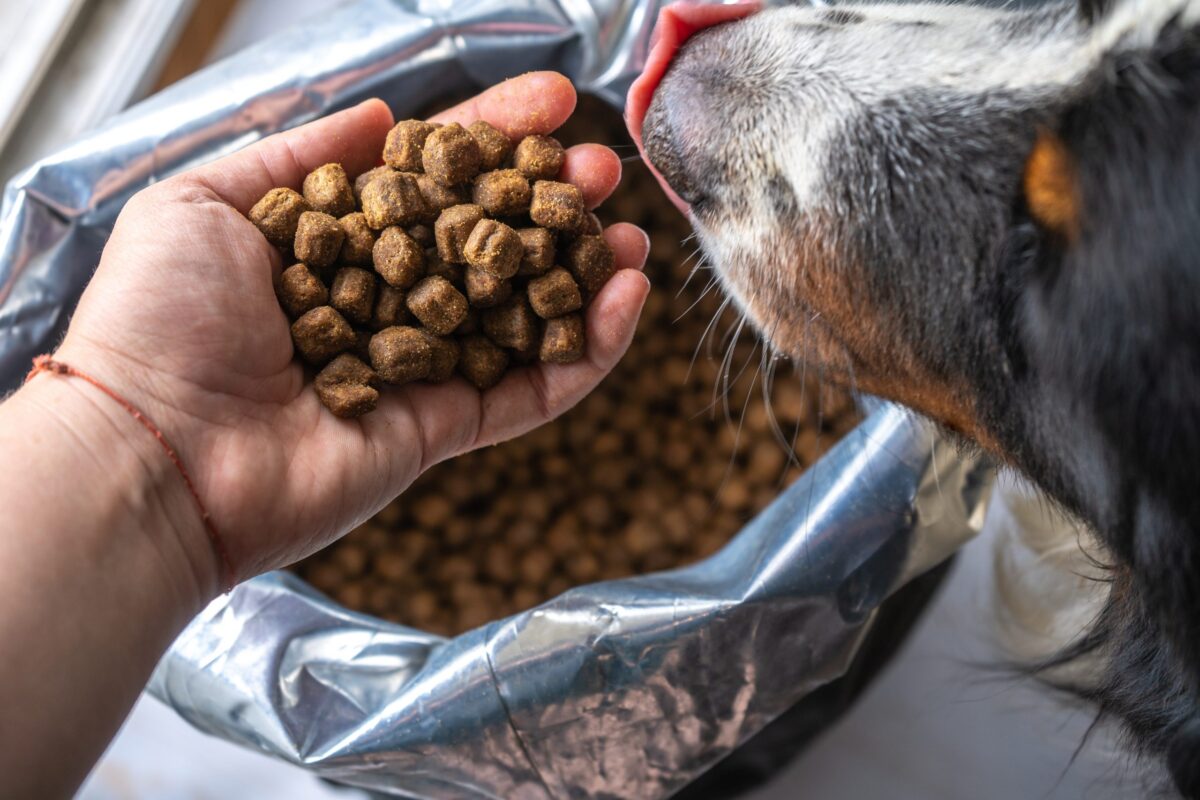
In addition to the regular olfactory receptors in their noses, dogs have an extra organ known as the “vomeronasal organ” (or Jacobsen’s organ) that helps them detect pheromones. This organ allows dogs to pick up on the subtle chemical signals emitted by other animals or even humans, and it plays a key role in their ability to sense emotions, mating readiness, and territorial boundaries. The vomeronasal organ is located in the nasal cavity and works alongside the dog’s primary sense of smell to provide even more detailed information about their environment.
Dogs’ Noses Are a Natural Thermometer

In addition to being a superpower for scent detection, a dog’s nose can also serve as a sort of built-in thermometer. Dogs’ noses naturally cool down and heat up in response to environmental conditions, and this temperature change can be a sign of how a dog is feeling. If a dog’s nose feels unusually dry or hot, it can indicate that it is not feeling well or overheating. While it’s not always a perfect measure of health, a dry nose can be one of the signs that something is off with your pup.
They Can Smell Things From Miles Away
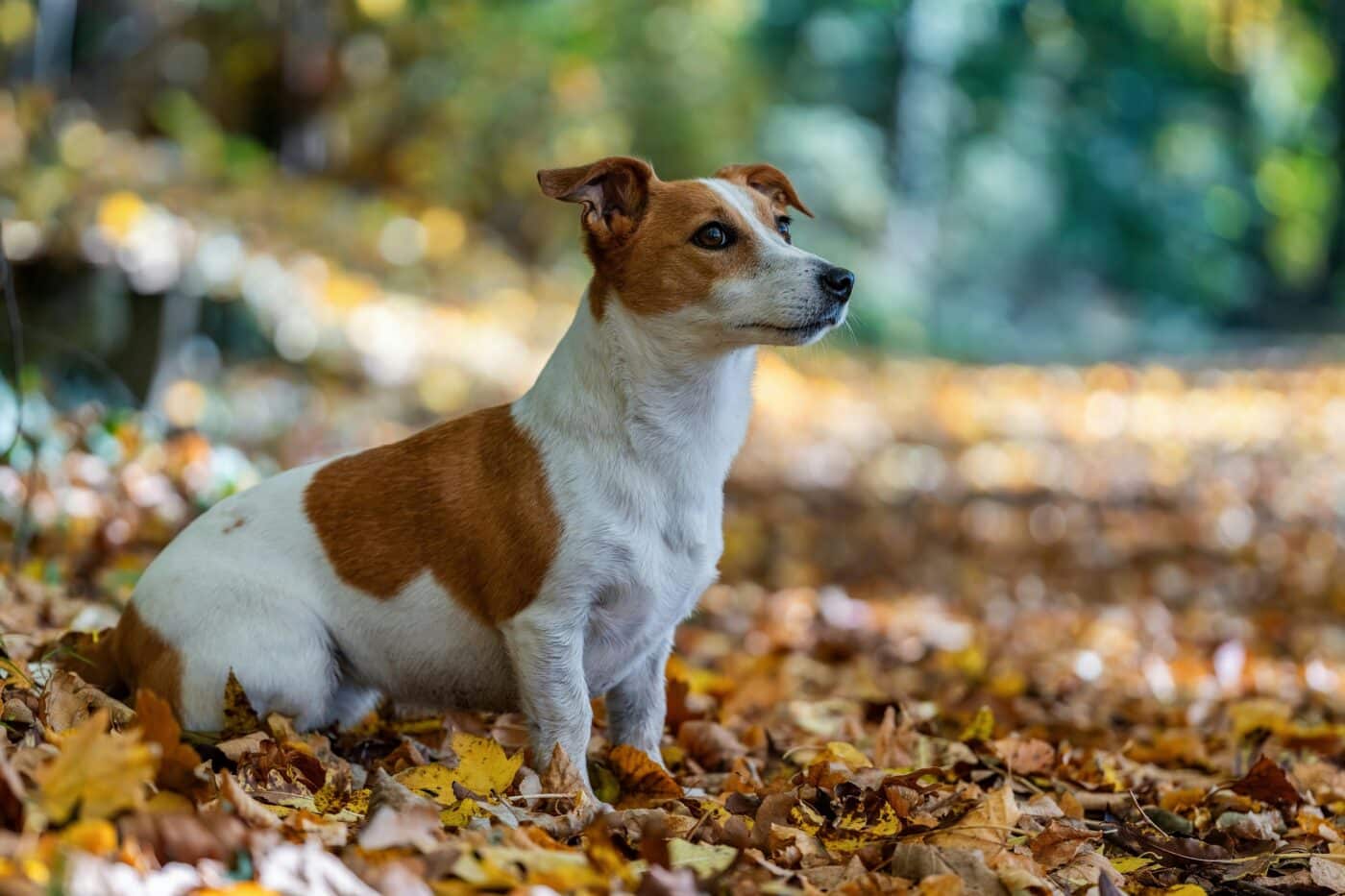
A dog’s ability to smell over long distances is nothing short of incredible. Depending on the breed and the environmental conditions, dogs have been known to pick up on scents from miles away. For example, hunting dogs can track animals across vast expanses of land, while working dogs have helped locate missing persons over miles of terrain. Their ability to follow a scent trail over such long distances makes them invaluable in many rescue and detection operations.
The Nose Can Tell Time (Sort Of)

While dogs don’t have clocks, their noses can actually help them sense the passage of time. For example, dogs may notice a subtle change in the scent of the air as time passes, particularly when their owner is expected to return home. This heightened sensitivity to environmental changes can also explain why some dogs seem to know exactly when it’s time for dinner or when a family member will be arriving home—without ever hearing the sound of a car in the driveway.
The Nose Knows When It’s Time for a Nap

Dogs can remarkably differentiate between “working” and “resting” hours using their noses. Your dog’s sense of smell can detect the change in household activity—such as when the family is settling down or when everyone is leaving for the day. Many dogs use this time to curl up and snooze, knowing it’s time to recharge for the next adventure, all thanks to their finely tuned sense of smell. When your dog suddenly curls up and naps right after you finish dinner, it might be because the environment smells like it’s time for a break!
Time To Sniff And Tell

It turns out your dog’s nose is even more impressive than you ever imagined! From smelling emotions to detecting medical conditions and even being able to track scents from miles away, their noses are built for some seriously amazing feats. Not only do these little powerhouses help your dog navigate the world, but they also serve as tools for everything from scientific research to law enforcement. So, next time your dog is sniffing around, remember—it’s not just a cute quirk. They’re busy “working” with their mighty, incredible noses!
The post 15 Fun Facts About Dog Noses You Never Knew appeared first on iHeartDogs.com.
